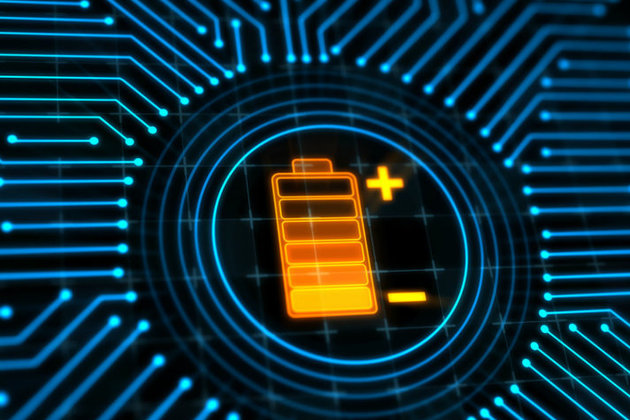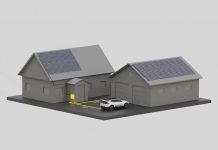Radical reforms to power trading rules are needed, if Britain is to achieve necessary expansion of long-duration power storage on route to Net Zero targets, analysts have warned.
Up to 46 GW of electricity storage is needed by 2035, Aurora Research calculates, to accommodate the Net Zero world implied in targets such at National Grid-ESO’s ambition to run the grid carbon-free by 2025.
That total should include up to 24 GW of Long Duration Electricity Storage (LDES) – defined as 4 hours at least – , and required to manage intermittency from renewable generation.
The figures come in the consultancy’s new report commissioned by network operators and generators, including members of the LDES group, which launched in December.
With that level of deployment, netcos and generators would save a relatively modest £1.13 billion in total yearly system costs, equivalent to 2.5% of current spend, by the middle of the next decade, the report estimates. That would equate to only £26 a year trimmed for household bills.
‘Only’ 23 GW of solar ?
LDES deployment could nevertheless reduce the nation’s reliance on gas for power generation by up to 50 TWh a year in 2035, the report states. Ten megatonnes less in CO2 emissions would result.
LDES offers battery operators and aggregators the prospect of cash from energy trading in wholesale market and through the balancing mechanism, as well as in capacity markets and ancillary services, the report points out.
Radical market re-design of Britain’s balancing and capacity markets is called for, say the analysts, if investment is to be stimulated on the scale needed.
Signalling now new measures in balancing markets such as a Cap and Floor mechanism and other forms of direct intervention can remedy what Aurora calls “a lack of revenue certainty and missing market signals, leading to under-investment”.
CO2 emissions from electricity generation fell by 72% between 1990 and 2019, to 59 megatonnes, thanks to existing policy and technologies, the report notes. But further reductions will not be easy, now easy abatement sources such as coal have been eliminated.
Approval granted before the current Parliament ends in 2024 for new nuclear plants such as Sizewell C is among key factors identified by the report as smoothing Britain’s path to Aurora’s conception of Net Zero in 2035.
Foundations for the report’s UK scenario are the buildout by 2035 of 40 GW of new wind, 23 GW of solar PV, 11 GW of storage, 6 GW of peakers and 11 GW of gas CCS and hydrogen CCGTs.
Last November saw the launch of a CEO-led global LDES Council, advised by consultants McKinsey. Its opening research highlighted the need for global build-out of batteries of up 24 hours duration to rocket up 400 times on current deployments, reaching between 1.5 and 2.5 GWh by 2040, if the world’s grids are to meet the desired 1.5 degree ceiling enshrined in the Paris climate accords.
Read the Aurora report here.





What nonsense. What would the ‘cap and floor’ be referenced against? And please don’t say ‘the balancing markets’, which are so far from being ‘a market’ in the merit sense of the world, and have no homogenous price/ index which a cap and floor could be measured against.
If the Grid really need LDES, why haven’t they deployed a product for long duration? Because they have for pretty much every other aspect of short-term power management